I have a barplot where the exact bar heights are in the dataframe.
df <- data.frame(x=LETTERS[1:6], y=c(1:6, 1:6 + 1), g=rep(x = c("a", "b"), each=6))
ggplot(df, aes(x=x, y=y, fill=g, group=g)) +
geom_bar(stat="identity", position="dodge")
Now I want to add two hlines displaying the mean of all bars per group. All I get with
ggplot(df, aes(x=x, y=y, fill=g, group=g)) +
geom_bar(stat="identity", position="dodge") +
stat_summary(fun.y=mean, aes(yintercept=..y.., group=g), geom="hline")
is
As I want to do this for a arbitrary number of groups as well, I would appreciate a solution with ggplot only.
I want to avoid a solution like this, because it does not rely purely on the dataset passed to ggplot, has redundant code and is not flexible in the number of groups:
ggplot(df, aes(x=x, y=y, fill=g, group=g)) +
geom_bar(stat="identity", position="dodge") +
geom_hline(yintercept=mean(df$y[df$g=="a"]), col="red") +
geom_hline(yintercept=mean(df$y[df$g=="b"]), col="green")
Thanks in advance!
Edits:
- added dataset
- comment on resulting code
- changed the data and plots to clarify the question


